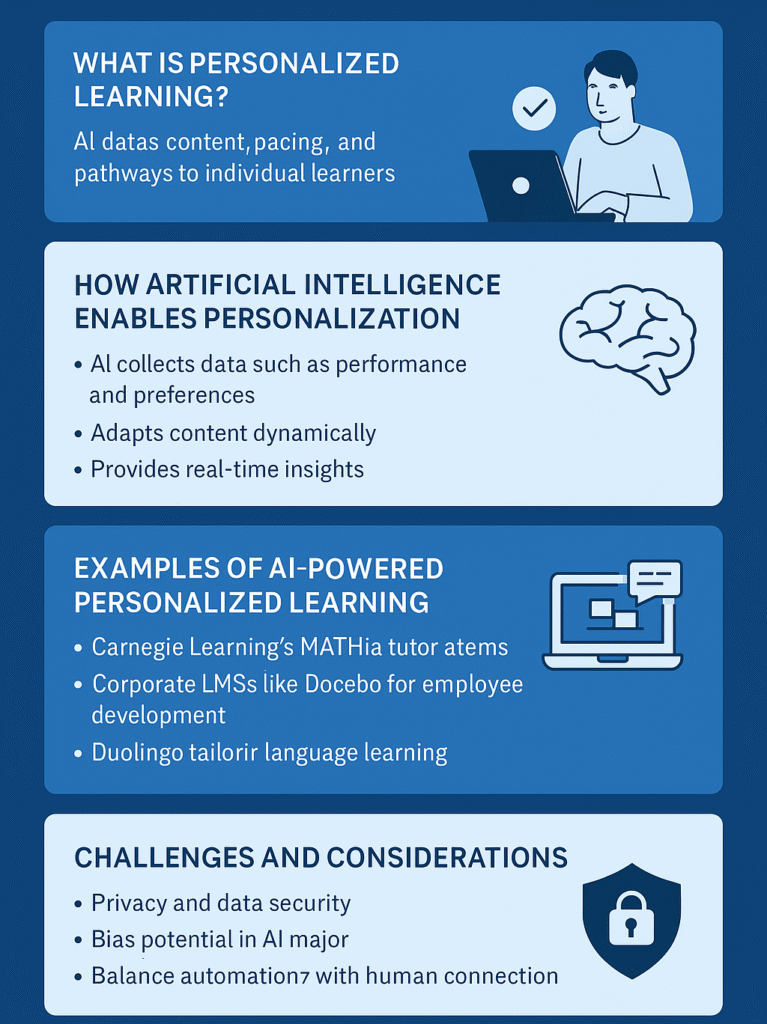🎯 How Personalized Learning Works with Artificial Intelligence: The Future of Instructional Design

In today’s fast-paced, tech-driven world, one-size-fits-all education is quickly becoming a thing of the past. Learners demand relevance, flexibility, and content that meets them where they are. Enter Artificial Intelligence (AI)—the game-changer making personalized learning possible and scalable. As instructional designers, educators, and learning and development (L&D) professionals, we’re being called to shift from static content to […]
Best Practices for Developing Online Courses That Encourage Critical Thinking

As instructional designers, we understand the importance of delivering content and fostering critical thinking among learners. In today’s rapidly evolving digital learning landscape, creating online courses that promote deeper thinking, problem-solving, and applying knowledge in real-world scenarios is essential. This blog post will explore practical methods for developing online courses that encourage critical thinking. These strategies are […]
